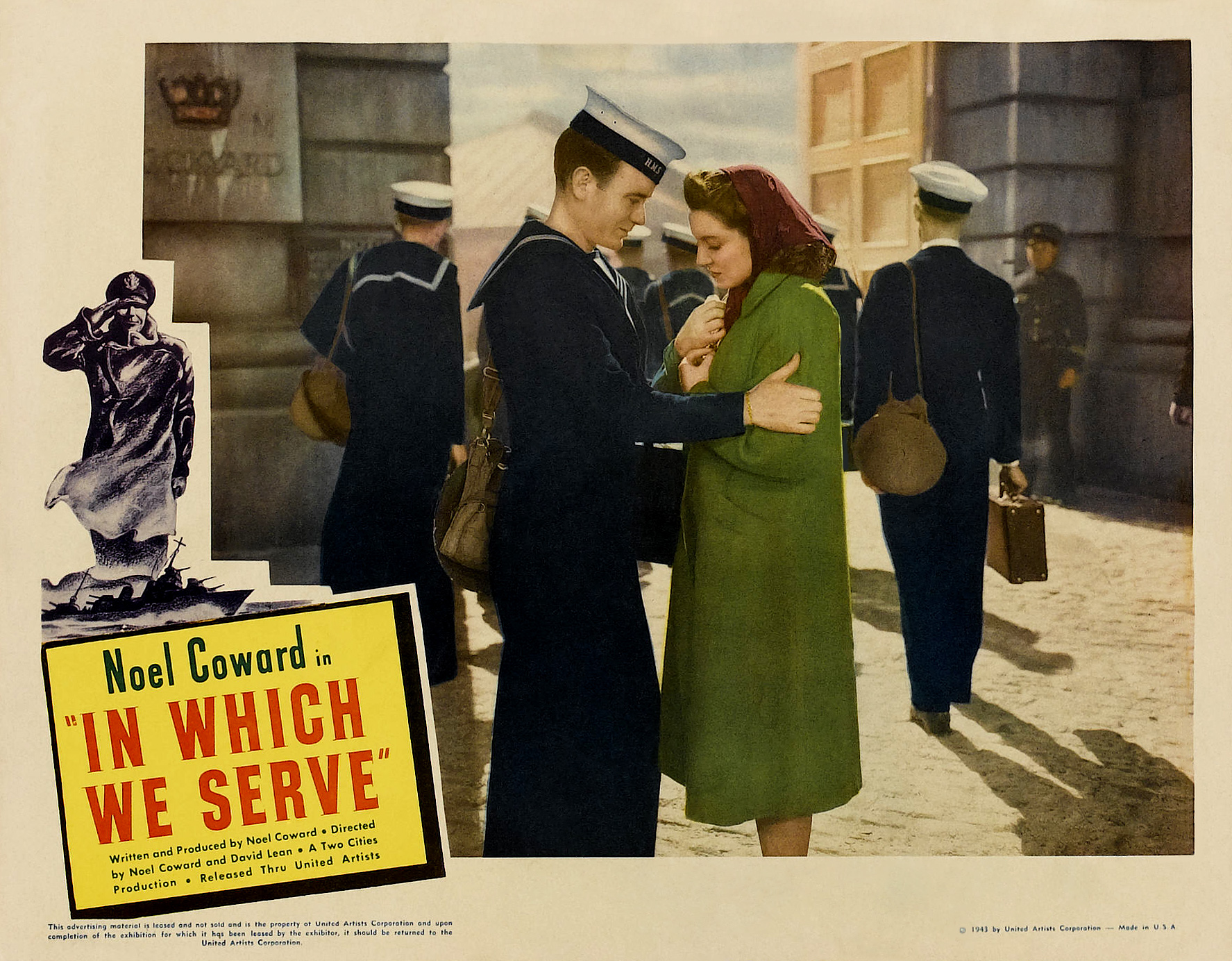
10 Interesting Facts and Figures About “In Which We Serve” (1942)
“In Which We Serve” is a classic British film that not only showcases the talents of its creators but also serves as a poignant tribute to the courage and sacrifices of the British Royal Navy during World War II. Directed by David Lean and written by Noel Coward, the film provides a unique blend of drama, patriotism, and a deeply human perspective on war. Here are ten intriguing facts and figures about this seminal work.
1. A Unique Collaborative Effort
Noel Coward not only wrote the screenplay but also starred in the film as the character Captain Edward Marsh. The collaboration with director David Lean marked one of the early examples of Coward’s involvement in film beyond just writing.
2. Based on Real Events
The film draws inspiration from the real-life experiences of the British Navy during World War II, particularly the sinking of the HMS Kelly, a destroyer commanded by Lord Louis Mountbatten.
3. Groundbreaking Narrative Structure
“In Which We Serve” employs a non-linear narrative, shifting back and forth in time to explore the lives of the crew members before and after their ship is sunk. This innovative structure was ahead of its time in cinematic storytelling.
4. A Star-Studded Cast
Alongside Noel Coward, the film features a notable cast, including John Mills, Bernard Miles, and Celia Johnson, contributing significantly to the film’s emotional depth and resonance.
5. Filming Locations
Principal photography took place at various locations, including the coastal regions of England. Some scenes were shot on actual naval ships, adding authenticity to the portrayal of life at sea.
6. Critical Acclaim
The film received positive reviews upon its release, lauded for its powerful performances and realistic portrayal of naval life. It was praised for its ability to evoke a sense of national pride during a challenging time.
7. Success at the Box Office
“In Which We Serve” was a commercial success, grossing over £500,000 in the UK alone. Its popularity helped solidify the role of wartime films in British cinema.
8. Awards and Nominations
The film was nominated for an Academy Award for Best Original Screenplay, reflecting its artistic merit and impact on the film industry, despite being a war film released during such tumultuous times.
9. A Lasting Legacy
The film’s themes of sacrifice, camaraderie, and duty have resonated through the decades, influencing subsequent war films and shaping the portrayal of military life in cinema.
10. Restoration and Preservation
“In Which We Serve” underwent a digital restoration process in recent years, ensuring that future generations can appreciate its artistic significance. The restoration has allowed audiences to experience the film in a quality that reflects its original cinematic vision.
Conclusion
“In Which We Serve” remains a significant work in British cinema, both for its artistic achievements and its heartfelt tribute to those who served in the Royal Navy during World War II. Through its innovative storytelling, talented cast, and emotional depth, the film continues to inspire and resonate with audiences today, serving as a reminder of the sacrifices made in times of conflict. Its legacy endures, marking it as a classic film that captures the essence of courage and honor in service to one’s country.
Discover more from Anglotees
Subscribe to get the latest posts sent to your email.
